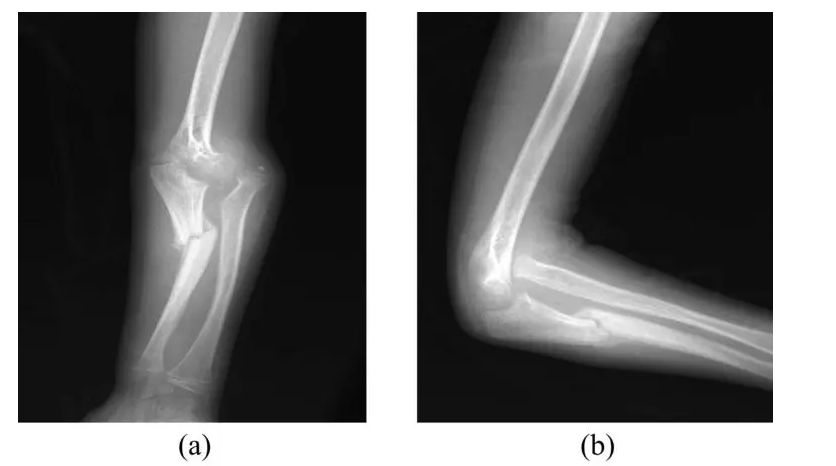Overuse injuries in pediatrics refer to a category of injuries that occur when a child or adolescent repeatedly engages in a specific physical activity or sport, placing excessive stress on a particular part of their body. These injuries are common among young athletes who train intensively or participate in a single sport year-round. Overuse injuries can lead to pain, impaired performance, and potentially long-term musculoskeletal issues. Here are some key points to understand about overuse injuries in pediatrics:

- Types of Overuse Injuries:Overuse injuries can affect various parts of the body, including:
- Growth Plate Injuries: The growth plates, areas of developing tissue near the ends of bones, are vulnerable to overuse injuries.
- Stress Fractures: These are small cracks or fractures in bones due to repetitive impact.
- Tendonitis: Inflammation of tendons caused by repetitive movements.
- Muscle Strains: Overuse can lead to strains or tears in muscles.
- Apophysitis: Inflammation of the bony attachment points of muscles, commonly seen in areas like the heel (Sever’s disease) or knee (Osgood-Schlatter disease).
- Risk Factors:Several factors increase the risk of overuse injuries in pediatric athletes, including:
- Specialization: Young athletes who specialize in a single sport and train intensively year-round are more susceptible to overuse injuries.
- Growth and Development: Rapid growth during puberty can change the biomechanics of a child’s body, making them more prone to injury.
- Inadequate Rest: Lack of adequate rest and recovery between activities or seasons can contribute to overuse injuries.
- Symptoms:The symptoms of overuse injuries may include pain, swelling, tenderness, reduced range of motion, and a decline in athletic performance. Children may also experience pain that worsens with activity and improves with rest.
- Prevention and Management:Preventing overuse injuries in pediatrics involves a combination of strategies:
- Monitoring Load: Coaches, parents, and athletes should be vigilant about monitoring training loads to ensure they are appropriate for the child’s age and development.
- Periodization: Training should incorporate periods of rest, cross-training, and reduced intensity to allow the body to recover.
- Proper Technique: Teaching young athletes correct techniques and movement patterns can help reduce the risk of overuse injuries.
- Adequate Rest: Children should have scheduled rest days and avoid year-round intensive training in a single sport.
- Early Intervention: If an overuse injury occurs, early intervention, including rest, physical therapy, and sometimes bracing, is essential to prevent long-term consequences.
- Importance of Multisport Participation:Encouraging children to participate in multiple sports or activities can reduce the risk of overuse injuries by promoting a more balanced use of their bodies and reducing the strain on specific muscle groups and joints.
In conclusion, overuse injuries in pediatrics are a significant concern, especially among young athletes. Preventing these injuries involves a combination of strategies, with a focus on proper training, rest, and early intervention to protect the growing bodies of children and adolescents.

